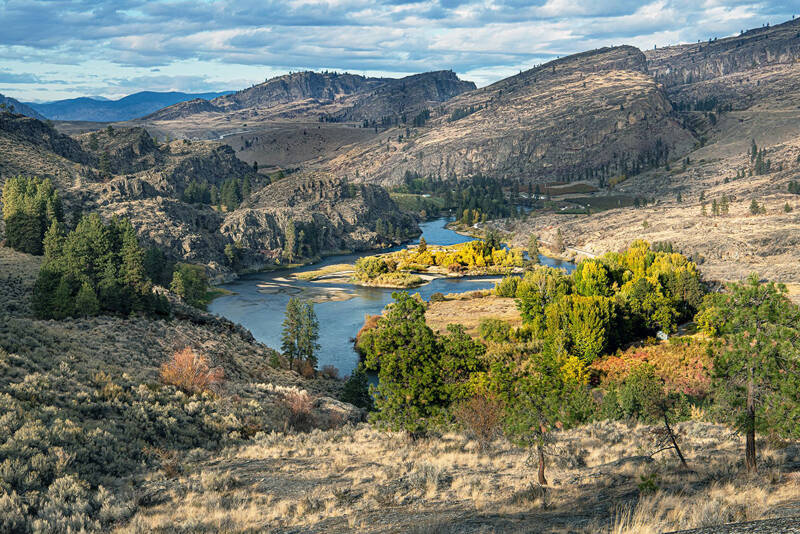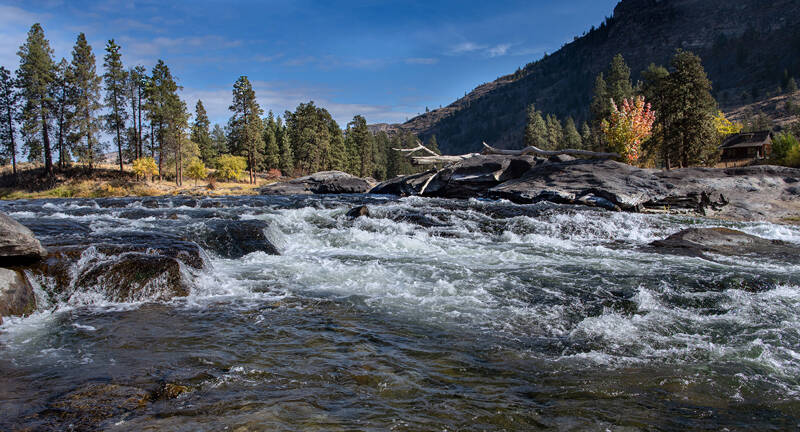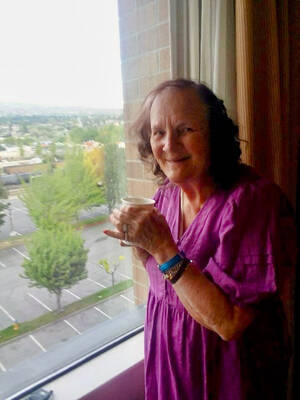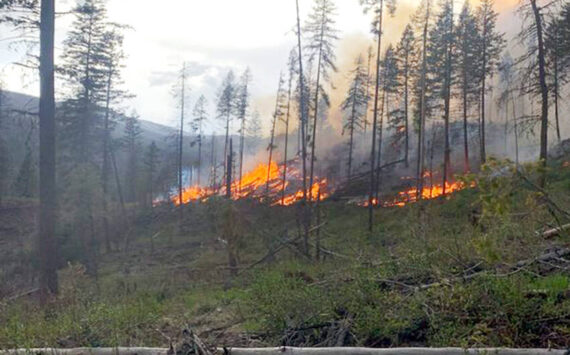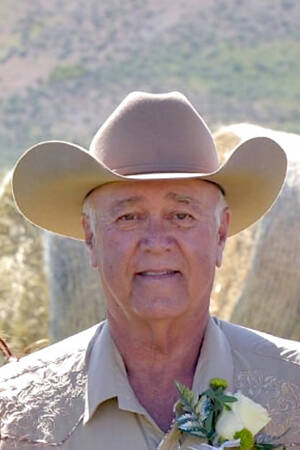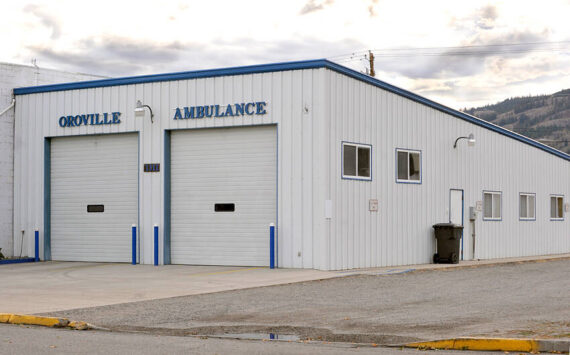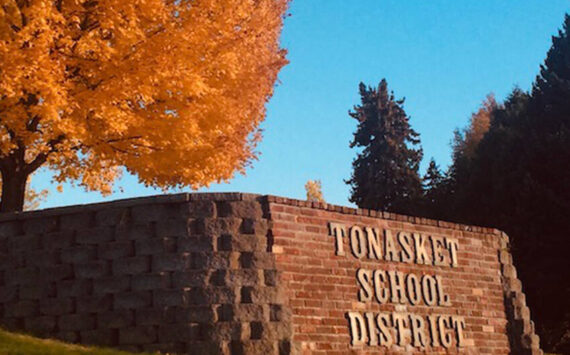TONASKET – Last week, Western Rivers Conservancy (WRC), the Confederated Tribes of the Colville Reservation and the Washington Department of Fish and Wildlife (WDFW) permanently protected two miles of the Okanogan River and a key piece of one of the state’s most important wildlife corridors by conserving McLoughlin Falls Ranch.
The 727-acre ranch lies within one of the most scenic and historic reaches of the Okanogan River. Located roughly eight miles south of Tonasket and 30 miles south of the Canada-U.S. border, the property is defined by towering stands of ponderosa pine, grassy benches above the river and dramatic, glacier carved cliffs that rise like sagebrush-covered stair steps along the meandering Okanogan.
WRC purchased McLoughlin Falls Ranch in 2022 and held the property while pulling together the funding and partnerships needed to permanently protect it. On March 3, WRC conveyed the southern portion of the property to WDFW and the northern portion to the Colville Tribes. According to the WRC, this unique outcome delivers a three-way win, conserving critical habitat for fish and wildlife, returning ancestral lands to the Colville Tribes, and providing new recreational access to a popular reach of the Okanogan River.
McLoughlin Falls Ranch forms a critical part of a larger wildlife movement corridor that reaches from the Cascade Mountains to the Kettle River Range. Mule deer migrate between the valley and higher elevations, and the area is home to mountain lion, elk, bighorn sheep, state endangered Columbian sharp-tailed grouse and the country’s healthiest population of Canada lynx.
“What makes McLoughlin Falls Ranch so special, beyond its breathtaking scenery, is how integral it is, and always has been, to communities of fish, wildlife and people,” said Nelson Mathews, WRC’s vice president. “Conserving McLoughlin Falls Ranch in partnership with the Colville Tribes and WDFW means this area will remain a haven for imperiled animals and that ancestral lands will be returned to their original stewards.”
McLoughlin Falls Ranch possesses key stands of riverside forests that benefit river habitat by keeping water temperatures low. Despite intense pressure, the Okanogan River supports federally threatened Upper Columbia River Steelhead, as well as one of only two self-sustaining runs of sockeye salmon left in the Columbia Basin. On a river that has experienced significant development, conserving intact habitat like that found at McLoughlin Falls Ranch is crucial to the survival of these fish.
In addition to its robust fish and wildlife habitat, McLoughlin Falls Ranch is important for its historic and cultural values. The area has been inhabited by members of the Colville Tribes for millennia and the property is an important ancestral hunting and fishing site.
“We appreciate the partnership with WRC, WDFW and Conservation Northwest in making this acquisition possible by working together in the name of conservation,” said Jarred Erickson, Confederated Tribes of the Colville Reservation chairman. “McLoughlin Falls was a very important fishery to our people and the cultural ties to these places are at the core of who we are as people. This collaborative work will ensure our people will have future access to a historic fishing site while also ensuring these areas stay wild and allow the movement of many keystone species from the Cascades to the Kettle River Range.”
Now that a portion of the ranch is under the stewardship of WDFW and will soon be open to the public, boaters are permitted to stop and rest or picnic near the property’s namesake falls (a large Class II rapid called McLoughlin Falls). On land, visitors will have non-motorized access.
“Opening this land to public use is a huge win for the people of the area to be able to hike, bike, boat, hunt, and wildlife watch,” said Brock Hoenes, WDFW Region 2 director. “Public lands benefit all of us but also the many species of wildlife that call this land home. Preserving it for the future means preserving much needed habitat, as one of the biggest challenges our wildlife faces is loss of habitat.”
This project was made possible by funding and support from Conservation Northwest, an organization that works to protect, connect and restore wildlands and wildlife across Washington state and into British Columbia. Support from The David and Lucile Packard Foundation, the Giles W. and Elise G. Mead Foundation, and the James M. Lea Foundation was also pivotal to this project.
“We’re proud to have contributed to the protection of this unique and vital property,” said Mitch Friedman, executive director of Conservation Northwest, based in Seattle. “This extends a body of work that conserves a vital wildlife corridor and is a great outcome for everyone.”
